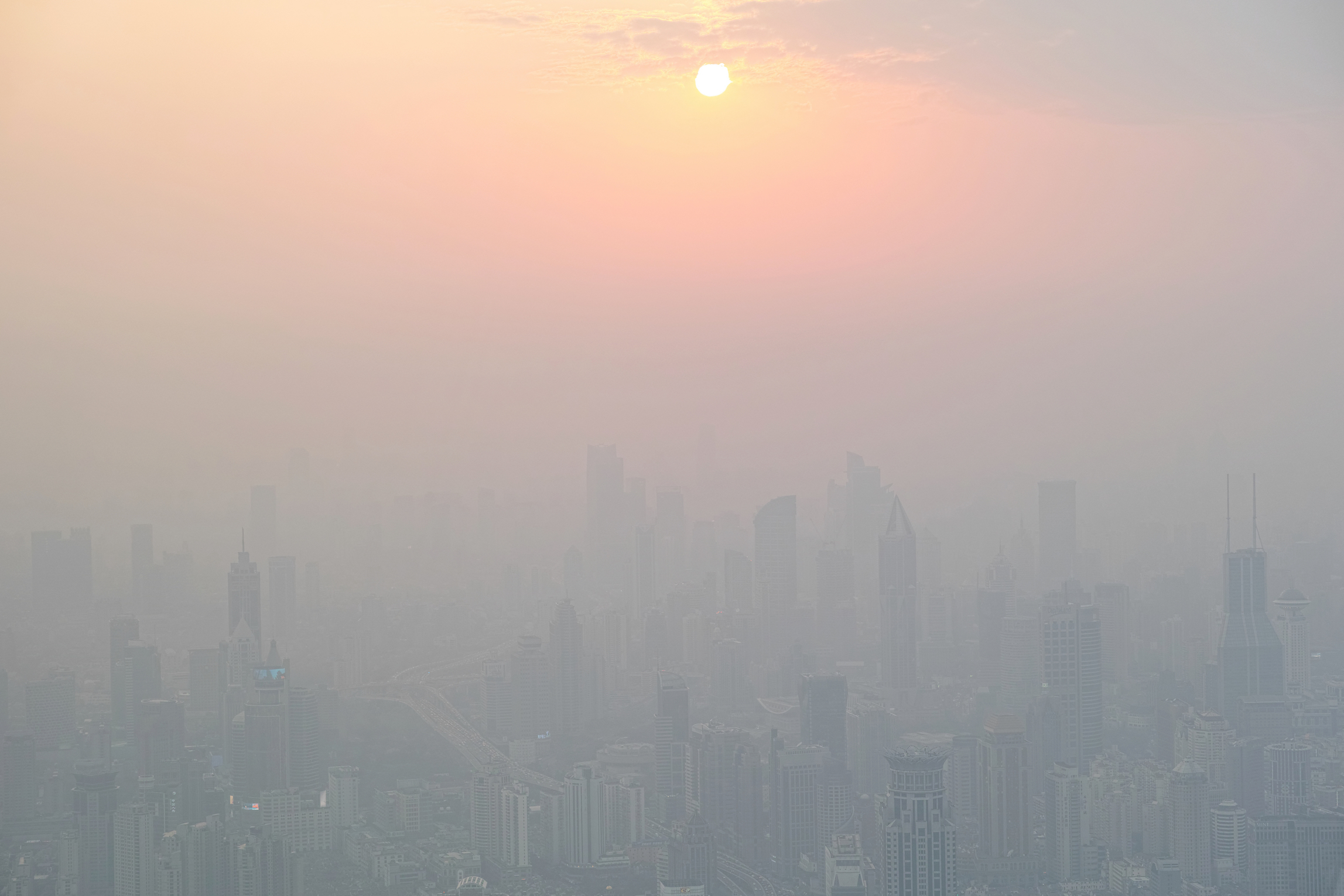
New strategies proposed to address air pollution in China
Air pollution in China must be more effectively addressed, and a leading climate change expert has outlined five specific ways to tackle the issue. The guidelines, proposed by Professor Wang Hui-Jun of the Nanjing University of Information Science and Technology, can also be applied to other heavily polluted countries.
Professor Wang’s strategies center around the urgent need to identify the exact causes of pollution, as well as the need to create ways to prevent air pollution.
The most important emphasis of the paper is focused on attaining a deeper scientific understanding of air pollution, which is critical in developing ways to better manage the problem. As China’s pollution problem gets worse, policymakers lack the necessary knowledge to improve its management.
Organizations in China such as the Ministry of Science and Technology, the China Environment Protection Agency, and the National Natural Science Foundation of China have all supported scientific research efforts, and the government itself has dedicated a substantial amount of resources to determine ways of reducing emissions.
Professor Wang explains that these efforts have been largely unsuccessful so far, and that air pollution is still a growing issue.
The five specific tactics set forth by Professor Wang’s plan include: identifying the role of human-caused emissions on climate change, understanding what other factors affect air quality, recognizing the formation process and creating in advance prevention and control regulations, promoting the seasonal prediction of air pollution, and implementing stricter air pollution prevention and control policies in key areas such as central North China.
Professor Wang explains, “The motivation of this paper is to offer some clarification on the key issues related to haze attribution and control measures. It is hoped that if these guidelines are put into practice the solution to the problem could be more achievable.”
The study published today in the journal Atmospheric and Oceanic Science Letters.
—
By Chrissy Sexton, Earth.com Staff Writer












